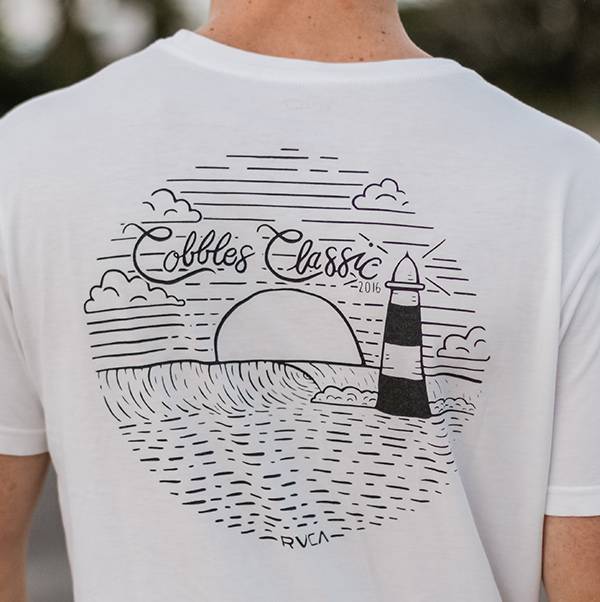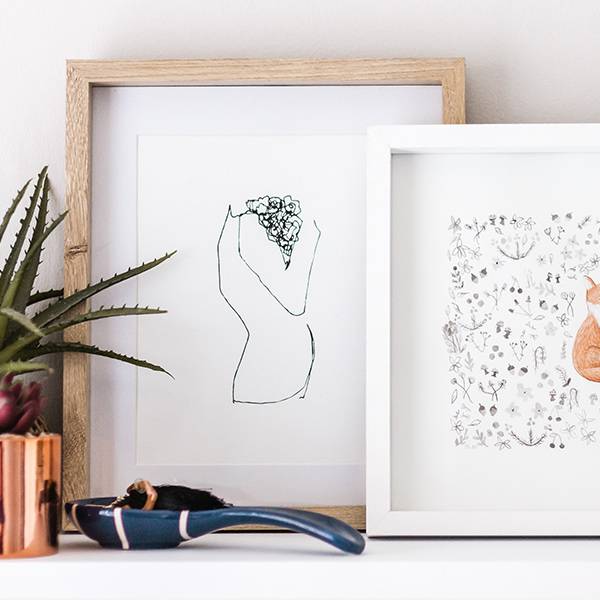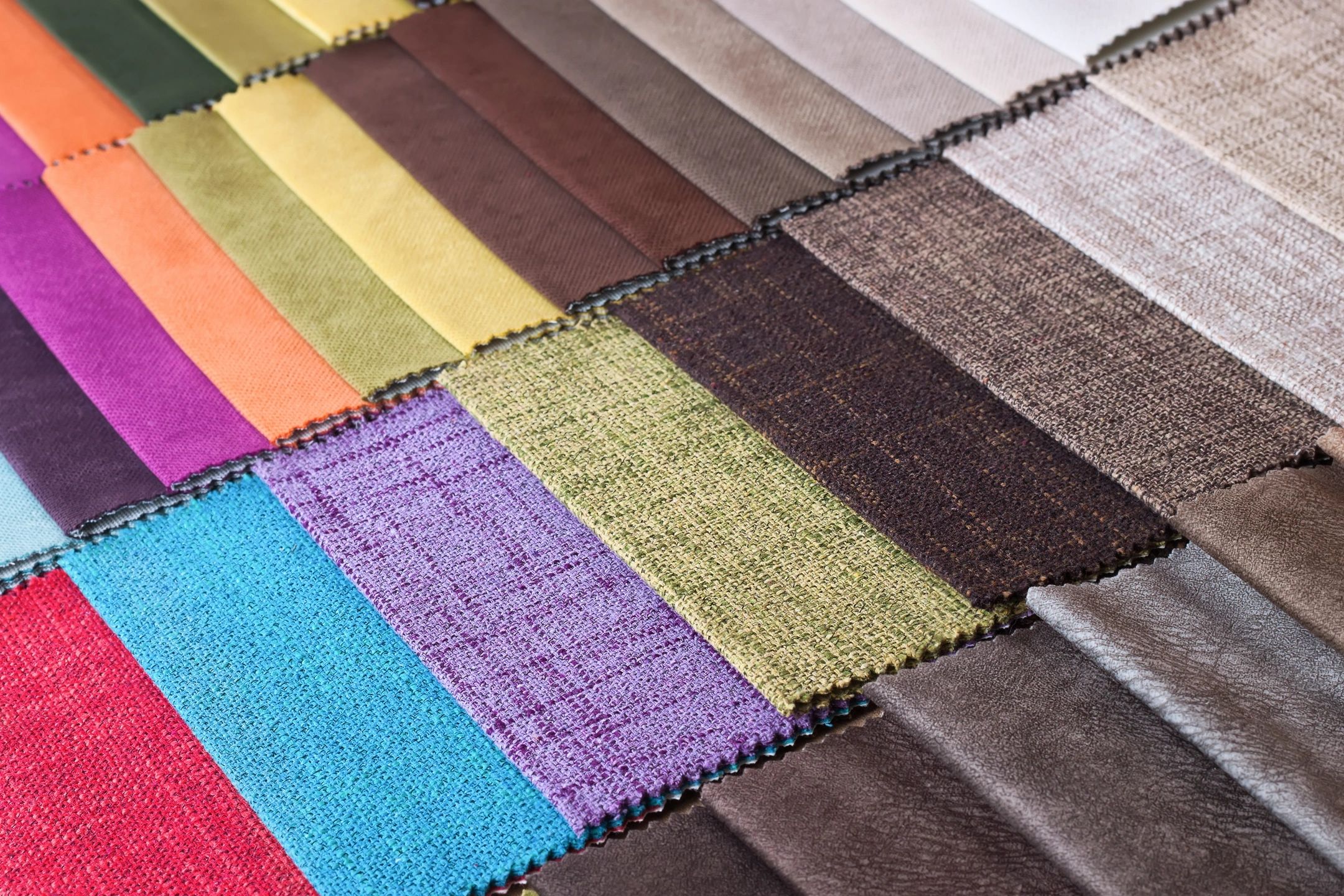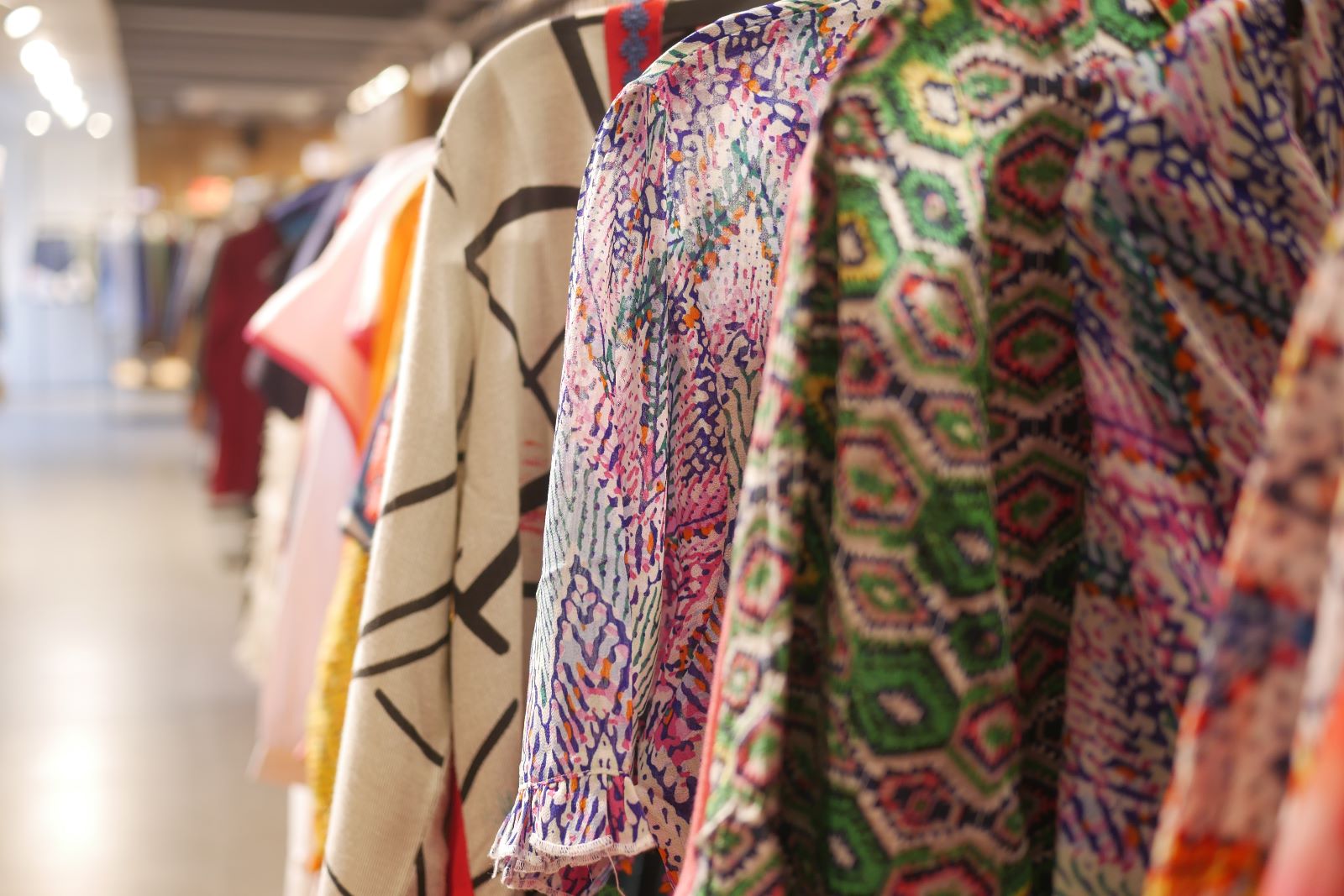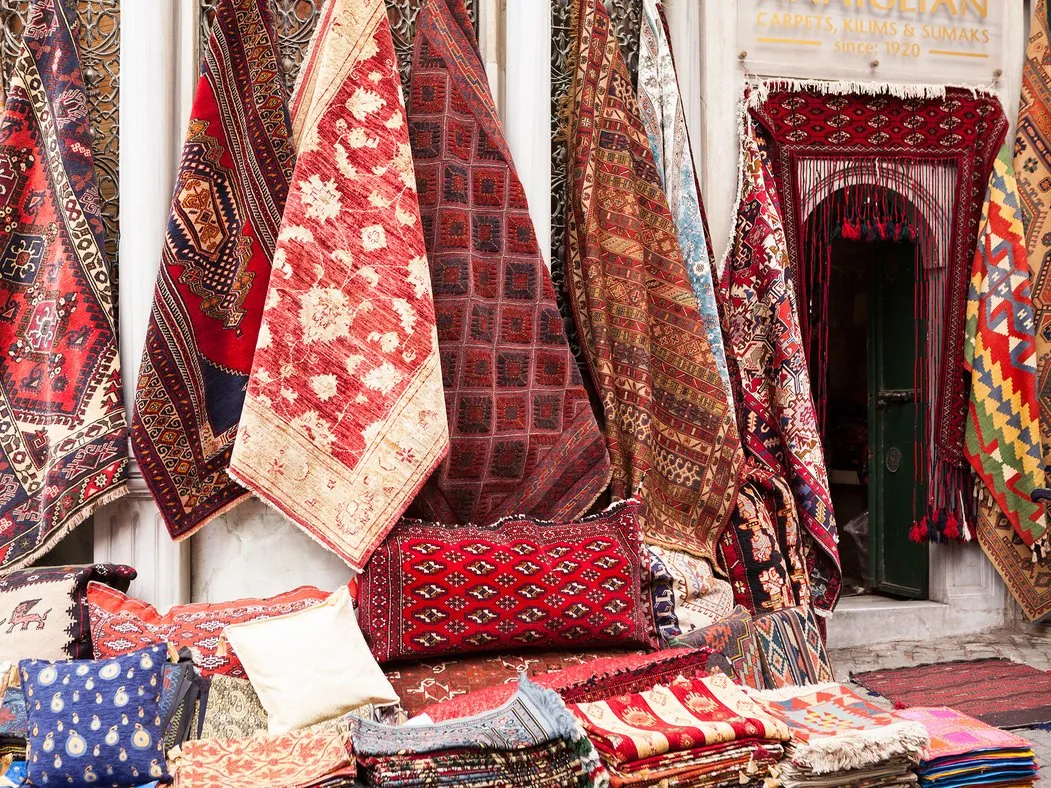The Evolution of Turkish Fashion
Unveiling the Rich Tapestry: The Evolution of Turkish Fashion
Fashion in Turkey has traversed a remarkable journey, reflecting the country’s diverse cultural heritage, historical influences, and contemporary trends. From traditional garments steeped in centuries-old traditions to modern interpretations that resonate with global fashion sensibilities, Turkish fashion has undergone a fascinating evolution. This article delves into the captivating story of how Turkish fashion has evolved over the years, blending tradition with innovation to create a distinctive sartorial identity.
Ancient Roots and Ottoman Influence:
The roots of Turkish fashion can be traced back to ancient civilizations that once thrived on Anatolian soil. With the rise of the Ottoman Empire, fashion in the region witnessed a significant transformation. The Ottomans’ love for lavish textiles, intricate embroidery, and opulent garments left an indelible mark on Turkish fashion. Kaftans, sarays, and fez caps became emblematic of Ottoman style, symbolizing power, prestige, and cultural sophistication.
Traditional Attire: A Reflection of Cultural Diversity:
Turkey’s rich cultural tapestry is reflected in its traditional attire, which varies from region to region. From the vibrant floral patterns of the Aegean to the bold geometric designs of Anatolia, each area boasts its unique sartorial heritage. The çarşaf of the Black Sea region, the şalvar of southeastern Turkey, and the gömlek of central Anatolia are just a few examples of traditional garments that continue to inspire contemporary designers.
Modernization and Western Influences:
The early 20th century witnessed significant socio-political changes in Turkey, spearheaded by Mustafa Kemal Atatürk’s modernization reforms. As Turkey embraced Westernization, fashion underwent a paradigm shift. European styles began to influence Turkish dress, leading to the adoption of tailored suits, dresses, and accessories reminiscent of Western fashion trends. Istanbul emerged as a vibrant hub of style and sophistication, setting the stage for a new era in Turkish fashion.
Contemporary Turkish Fashion: Bridging Tradition and Modernity:
In recent decades, Turkish fashion has evolved into a dynamic fusion of tradition and modernity. Renowned designers such as Rifat Ozbek, Zeynep Tosun, and Hakaan Yildirim have gained international acclaim for their innovative designs that seamlessly blend Turkish motifs with contemporary aesthetics. From luxurious textiles and intricate embellishments to avant-garde silhouettes and minimalist chic, Turkish fashion reflects a diverse spectrum of influences and inspirations.
Global Recognition and Sustainability:
Turkish fashion has increasingly garnered global recognition, with Istanbul Fashion Week emerging as a prominent platform for showcasing local talent on the international stage. Moreover, the industry’s growing emphasis on sustainability and ethical practices underscores Turkey’s commitment to responsible fashion production. From eco-friendly textiles to artisanal craftsmanship, Turkish designers are leading the way towards a more sustainable and socially conscious future for the fashion industry.
Conclusion:
The evolution of Turkish fashion is a testament to the country’s rich cultural heritage, creative ingenuity, and enduring spirit of innovation. From the grandeur of Ottoman court attire to the contemporary allure of Istanbul’s fashion scene, Turkish fashion continues to captivate and inspire. As designers draw inspiration from the past while embracing the future, the legacy of Turkish fashion remains vibrant, dynamic, and ever-evolving.
Sustainable Fashion in Turkey: A Growing Trend
In the vibrant tapestry of Turkish fashion, Istanbul stands as a beacon of creativity, innovation, and style. From historic neighborhoods steeped in tradition to bustling districts
Textile Innovation: The Role of Turkish Fabrics in Global Fashion
In the dynamic world of fashion, textiles play a pivotal role in shaping trends, driving innovation, and reflecting cultural identities. With a rich history of textile production d
Revival of Traditional Turkish Clothing in Modern Fashion
In recent years, there has been a remarkable resurgence of interest in traditional Turkish clothing within the realm of modern fashion. This revival represents more than just a nos
Fashion Capitals of Turkey
In the vibrant tapestry of Turkish fashion, Istanbul stands as a beacon of creativity, innovation, and style. From historic neighborhoods steeped in tradition to bustling districts
Innovation in Turkish Sportswear
In recent years, Turkey has emerged as a dynamic player in the global sportswear industry, harnessing innovation to elevate its offerings to new heights. From cutting-edge fabrics
Traditional Turkish Textiles: A Journey Through History and Culture
In the vibrant tapestry of Turkish culture, textiles stand as a testament to centuries of craftsmanship, tradition, and innovation. From the intricate patterns of kilims to the lux
Shopping Culture in Turkey: Exploring Bazaars and Boutiques
The Vibrant Tapestry of Shopping Culture in Turkey: Exploring Bazaars and Boutiques Turkey’s rich cultural heritage is not limited to its historical landmarks and sumptuous c
The Evolution of Turkish Fashion
Unveiling the Rich Tapestry: The Evolution of Turkish Fashion Fashion in Turkey has traversed a remarkable journey, reflecting the country’s diverse cultural heritage, histor
Textile industry in Türkiye
Turkey is considered one of the leading countries in the field of textile manufacturing, as it has a long and traditional history in this sector. Turkey is famous for providing hig


